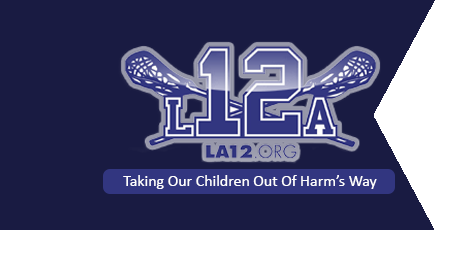An Errant Pitch,Then Nothing
Long Island Teen Hit In Chest By Line Drive Grateful For AED Machine
May 13, 2015CPR in NY Schools Passes
September 24, 2015Op-Ed: An Errant Pitch, Then Nothing
The umpires, seeing light gleaming in the corners of the cloud-covered sky, started the contest between Future and the Institute for Collaborative Education right on time. Surprisingly, by 4:30 the clouds had vanished and a golden sunlight poured over the North Meadow in Central Park. All of the other fields were empty, the games postponed, so we had the vast expanse of green to ourselves.
A tense game unfolded, a pitching duel with neither our right hander nor the Institute’s left hander giving any ground. After four innings, the teams were locked in a scoreless tie. In the top of the fifth inning, our pitcher gave up a single to the first batter. Then an errant pitch hit the next batter in the chest, which should have put runners on first and second with no outs.
But the Institute’s batter never reached first base. Instead, he took four or five steps and collapsed. For a few moments no one understood what had happened. Then the head coaches, Chris McCloud for Future and Mark Mazzone for the Institute, ran to the boy’s side and turned him face up. He had no pulse. He was in cardiac arrest.
Calling for the AED (automatic external defibrillator), the two coaches immediately began to try and save the player’s life. I called 911, begging the police operator to rush an ambulance to the scene. Within two minutes of his collapse, a life-saving shock from the AED brought back his pulse. Chest compression and mouth-to-mouth resuscitation were used as the coaches and players pleaded with the boy to stay with them.
After another minute or two, he regained consciousness. He couldn’t see. He asked where he was. He sat up and wanted to rise. His sight returned, but he was still unaware of what had just happened.
I believe the ambulance arrived within six minutes, but it might have been ten. By that time the boy had returned to himself and to the rest of us. Strapped to a stretcher, he was taken by ambulance to the closest hospital—Mount Sinai.
When the ambulance had gone, the coaches gathered the two teams on the field to offer words of comfort. Coach McCloud spoke of the delicacy of life, how “one moment we’re playing a baseball game and in the very next moment we’re saving a life.” He also told the teams to consider getting CPR/AED certified as adults as there aren’t many adults who are and they had all just witnessed the benefits of having that training. “You never know when a moment like this may call upon you. Be ready.”
Together, we bowed our heads in a silent prayer.
Two days later Coach McCloud, our pitcher, and another teammate visited the player at Mount Sinai. Numerous tests had been done. He was well and likely to have no long-term damage from the cardiac arrest. But the long life ahead of him was made possible by several factors. Public School Athletic League rules require that both teams have an AED on the field before any game is allowed to begin. Both coaches must be trained in CPR, including use of the AED. These safety rules, along with the coaches’ ability to use their training immediately after the player fell, saved his life.
A week later, the teams from Future and the Institute happened to play on adjacent fields. After the games ended, the teams came together. The player who had been hit by the baseball was in uniform, although he hadn’t played in the game. He was greeted like an old friend. He assured us that he was fine.
Not long after that, the teams met to finish their suspended game. On the pitcher’s mound was the young man whose pitch had nearly taken a life. On first base, ready to run, was the player who survived the stopping of his heart. On this field of dreams, the resumed game echoed and celebrated the miraculous resumption of the life of the youth extending his lead off first base.
Tad Crawford, the publisher for Allworth Press in New York City, is the author of many books, including A Floating Life: A Novel and The Secret Life of Money.
– See more at: http://www.otdowntown.com/columnsop-ed/20150526/op-ed-an-errant-pitch-then-nothing/2#sthash.zkWrkufU.dpuf

